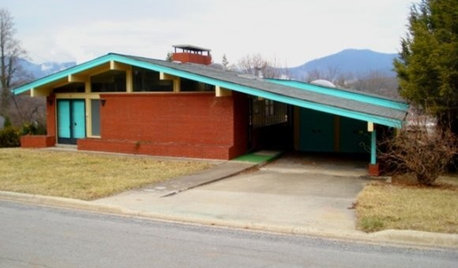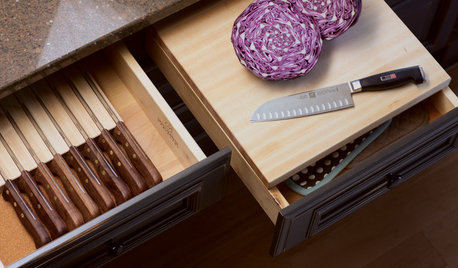Advice for chainsaw users.
rdaystrom
16 years ago
Related Stories

REMODELING GUIDESHouzzers to the Rescue: Users Solve Design Dilemmas
The proof is in the painting — and the pond. As Houzz users hit 100,000 discussions, see some of the results of their advice and ideas
Full Story
DECORATING GUIDES10 Design Tips Learned From the Worst Advice Ever
If these Houzzers’ tales don’t bolster the courage of your design convictions, nothing will
Full Story
KITCHEN STORAGEKnife Shopping and Storage: Advice From a Kitchen Pro
Get your kitchen holiday ready by choosing the right knives and storing them safely and efficiently
Full Story
KITCHEN DESIGNSmart Investments in Kitchen Cabinetry — a Realtor's Advice
Get expert info on what cabinet features are worth the money, for both you and potential buyers of your home
Full Story
INSIDE HOUZZ9 Power-User Tricks to Get More From Houzz
Search faster and better, tap into design guides, manage your ideabooks and see photos on your flat-screen TV
Full Story
BATHROOM DESIGNHow to Settle on a Shower Bench
We help a Houzz user ask all the right questions for designing a stylish, practical and safe shower bench
Full Story
KITCHEN DESIGNKitchen of the Week: Warm, Cozy and Autumn-Inspired
Houzz user transformed her Illinois kitchen into an inviting space inspired by nature
Full Story
GARDENING GUIDESBeautiful Flowers and Foliage From Dedicated Backyard Gardeners
From lawn daisies to topiaries, Houzz users share their backyard beauties
Full Story
Design Dilemma: Keep or Nix Knotty Pine?
Help a Houzz User Choose a Paint Color for a Cohesive Design
Full Story
DECORATING GUIDESDesign Dilemma: Where to Put the Media Center?
Help a Houzz User Find the Right Place for Watching TV
Full Story





canguy
gator_rider2
Related Professionals
Norwood Landscape Contractors · Aberdeen Landscape Contractors · Battle Ground Landscape Contractors · Bethel Park Landscape Contractors · Goodlettsville Landscape Contractors · Lynwood Landscape Contractors · Northport Landscape Contractors · Waterford Landscape Contractors · East Norriton Landscape Contractors · Champaign Decks, Patios & Outdoor Enclosures · Green Bay Decks, Patios & Outdoor Enclosures · Miami Decks, Patios & Outdoor Enclosures · Midlothian Decks, Patios & Outdoor Enclosures · Portland Decks, Patios & Outdoor Enclosures · Buena Park Home Buildersmasiman
rcmoser
turnage (8a TX)
barbedwire
masiman
barbedwire